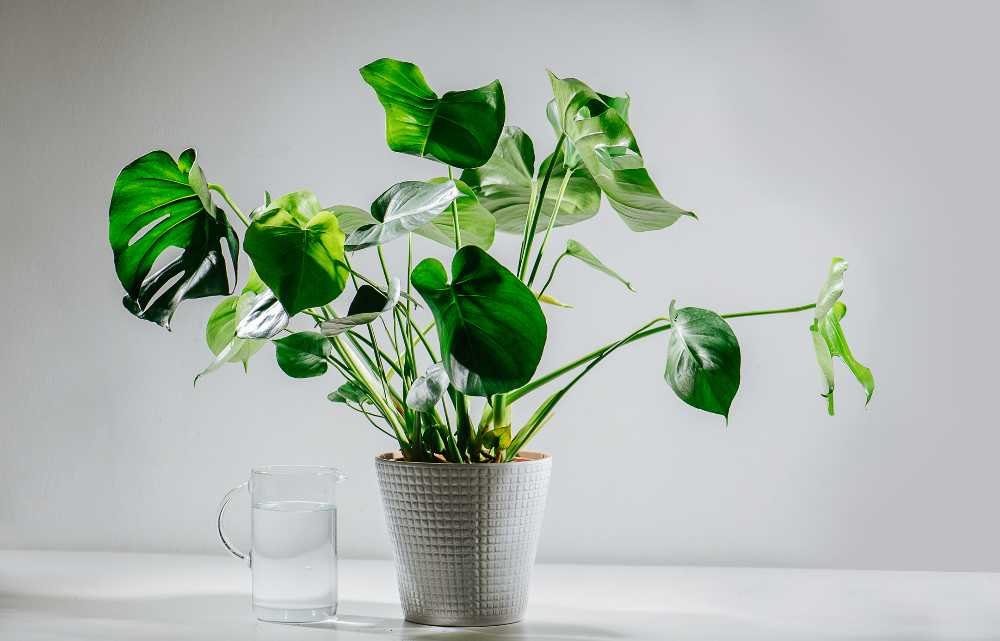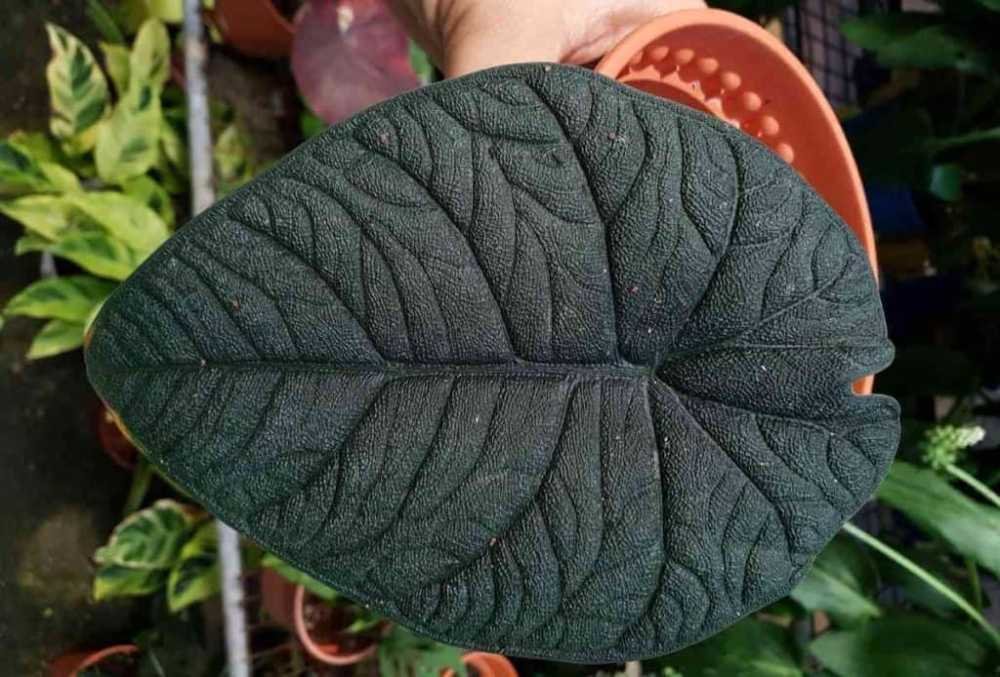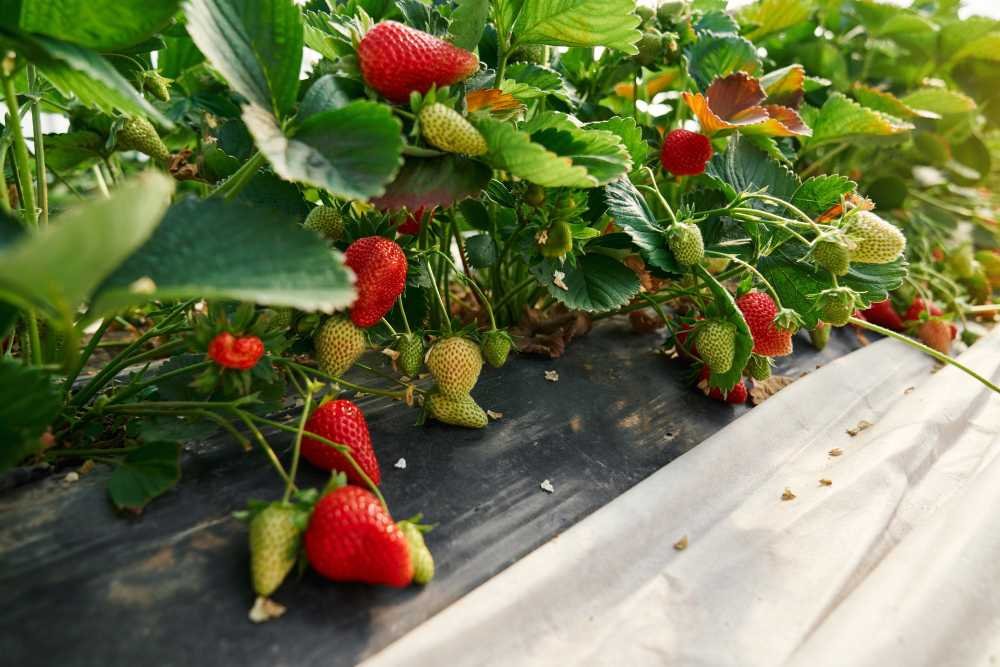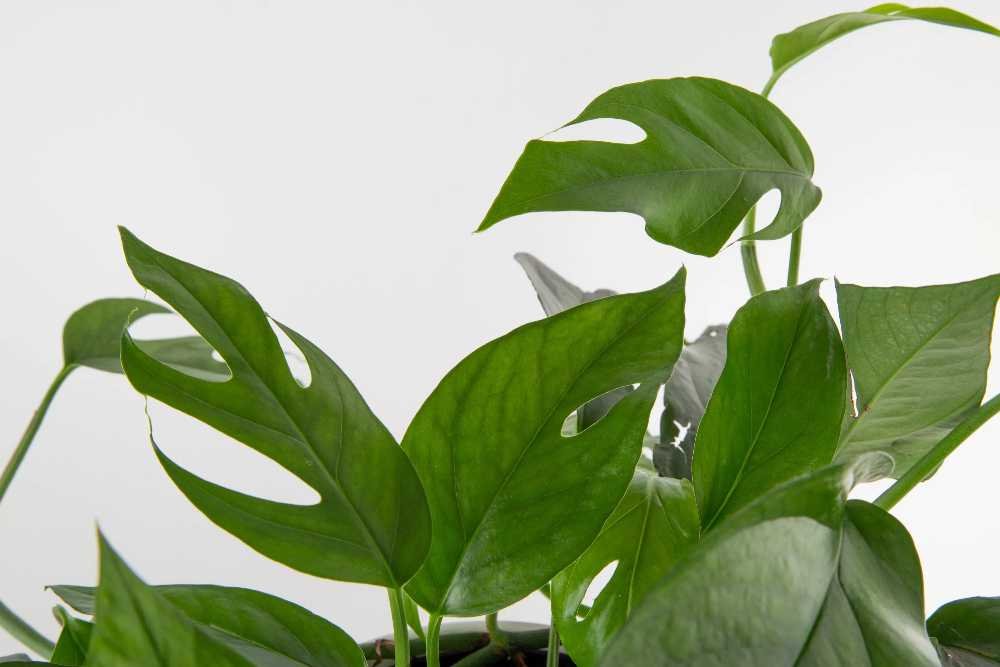Indoor plants bring nature indoors and add charm to any space with their serene beauty. They also contribute to fresher air and can have a calming effect that lowers stress and improves your mental health. While there are numerous varieties of indoor plants, heart shaped leaf plants are a beauty that symbolize love, affection, and softness. Consider the following options if you are looking for indoor plants with heart shaped leaves to spruce up your living space.
Heart Shaped Leaf Plants for Your Indoor Space
1. Heart Leaf Philodendron
The Heartleaf Philodendron (Philodendron hederaceum) is a popular indoor plant with heart-shaped leaves that come in various colors, including green and splashes of yellow. Although it is known for its trailing habits, you can pinch back on it and let it grow as a compact, bushy plant.
Heartleaf Philodendron is low maintenance and can tolerate low, as well as bright, indirect light. Grow it in well-drained soils and water regularly. Allow the top inch of the soil to dry partially before repeating the process. Keep it away from pets and kids, as it is toxic.
2. Sweetheart Hoya (Hoya Kerrii)
Also known as Valentine Hoya, Sweetheart Plant, or Hoya Heart, Sweetheart Hoya is a true definition of a heart shaped leaf plant. It is a native of Southeast Asia and starts as a single succulent heart shaped leaf. With time, it develops vines with heart shaped leaves on it.
Sweetheart Hoya is a slow grower that can withstand harsh conditions. You can water it once or twice a month. Because it lacks strict lighting requirements, you can place it anywhere in your home. However, bright light with allow this cute plant to thrive.
3. String of Hearts
String of Hearts (Ceropegia woodii), also known as Rosary Vine, consists of wiry stems with heart shaped leaves that can be variegated with purple or silver shades. It can also be solid green. The leaves on this trailing succulent occur in patterns, resembling a chain with little hearts.
The String of Hearts grows rapidly and can quickly fill up your room as it can go up to 13 feet. Put it near a window and provide it with warm temperatures, combined with regular watering. It blooms during summer to produce pink tabular flowers.
4. Monstera Deliciosa
Monstera Deliciosa is a common indoor plant with large, perforated heart shaped leaves. Although larger leaves may not exhibit the perfect heart shape, younger leaves do. Monstera Deliciosa is a tropical plant that goes by the common name Cheese Plant.
The popularity of Monstera Deliciosa in living spaces boils down to its low maintenance and striking appearance. With moderate watering, warm temperatures, and bright, indirect light, you can enjoy the visual appeal and drama this plant provides. It can also grow significantly big, so place it in a spacious area.
5. Anthurium
If you are looking for a perfect heart shaped leaf plant, Anthurium (Anthurium andraeanum) is what you need. The plant’s leaves and flowers are heart shaped. The leaves have a glossy appearance and can be green or variegated, while the flowers occur in red, white, and pink shades.
Besides the heart shaped leaves, the flowers are equally stunning and conspicuous. Place your Anthurium in bright indirect light with moderate moisture and well-draining soils for the best results. Anthurium introduces a pop of color to your living space thanks to its showy flowers and glossy foliage.
6. Philodendron Gloriosum
Philodendron gloriosum has large heart shaped leaves that are velvety. The leaves are green with white veins, a combination that creates a striking contrast. Philodendron gloriosum belongs in the same family as Peace Lily and Monstera (Araceae Family). The plant can grow as high as 12 inches.
To ensure your plant flourishes, place it in a location with bright, indirect light. It also prefers warm temperatures and high humidity levels. Do not expose it to temperatures below 600 F as it may kill the plant. It is more of a creeper than a climber.
7. Hostas
Although they are normally grown outdoors, Hostas or plantain lilies can do well as indoor plants. You can find them in varieties with green leaves and sometimes with yellow or white variegations. Hostas, although rare, will fill your home with its lush beauty.
Like most indoor plants, Hostas loves bright, indoor light and well-draining soil. They also do well in a cool environment, so place them in a room with low temperatures (between 550 F and 700 F. Moderate humidity levels are also ideal. Ensure proper air circulation around your plant for the best results.
8. Scindapsus Pictus
Also known as Silver Vine or Satin Pothos, Scindapsus pictus is a heart shaped leaf plant whose leaves are green with silver variegation. It is also a vine that can do well in a hanging basket. Alternatively, you can provide it with a support structure and let it trail. Pruning it gives you a bushier and more compact plant.
Scindapsus pictus is toxic to pets and children. Although it can tolerate a little shade, bright indirect light is ideal. Average temperatures between 650F and 850F are the best, but it can also grow in cooler temperatures. Provide your plant with average indoor humidity and moderate watering.
9. Arrowhead Plant
The Arrowhead Plant, scientifically known as Syngonium podophylum, qualifies to be in this category courtesy of its large, heart shaped leaves. Although the leaves on a mature plant are more elongated and take up an arrowhead shape, younger leaves are more heart shaped.
Depending on the variety, the foliage of the Arrowhead Plants can be green or variegated if it’s a cultivar. The variegated leaves can be a mix of green, pink, and white. Average room temperature, moist soils, and bright, indirect light are the best growing conditions for your Arrowhead Plant. Despite its beauty, it is also toxic.
10. Heart Fern (Hemoniotis arifolia)
Heart fern has dark green heart shaped fronds with a leathery texture. The fronds grow on black stems and are thick with a waxy appearance. Heart ferns can grow up to 20cm tall, and the leaves are about 2-3 inches.
To grow the perfect Heart fern, expose it to high humidity, lower lighting, and warm temperatures. However, this doesn’t mean you keep it in the dark. Shaded areas with less direct light are ideal. Also, water constantly, but do not let it sit in water to avoid root rot.
11. Caladium
Caladium’s popularity as an indoor plant stem from its showy colors and heart shaped leaves. It is a tropical plant whose leaves boast vibrant colors and diverse patterns. You will find most Caladiums in different combinations of green, red, pink, and white.
Growth and maintenance requirements for Caladiums include bright, indirect light, temperatures between 650F and 800F, and consistently moist soil. The plant also loves high humidity. Whenever necessary, use a humidifier or mist it regularly to increase humidity.
12. Ripple Peperomia
Ripple Peperomia, whose scientific name is Peperomia caperata, is a compact heart shaped leaf plant suitable for small living spaces. It has dark green foliage with deep ridges and sometimes goes by the name Emerald Ripple Peperomia. Cultivars with silver, green, or cream variegations also exist.
For the best results, grow your Ripple Peperomia in average temperatures with moderate to high humidity. Avoid overwatering as it is susceptible to root rot. Ripple Peperomia is an excellent way to add texture to your room.
13. Flowering Cyclamen
Scientifically known as Cyclamen persicum, this heart shaped leaf plant develops its leaves from an underground tuber. The leaves are dark green with silver or gray marbling. Unlike most plants, Flowering Cyclamen blooms during winter to fill your home with a variety of colors. The blooms have a delicate sweet scent and come in shades of pink, white, purple, and red. You can also find cultivars with bi-colored flowers.
To get the most out of this ornamental plant, keep it in cool temperatures, and well-drained soils. Good air circulation is also essential for preventing diseases. Note that the plant is toxic to pets and animals if consumed.
14. Alocasia Cucullata
Alocasia Cucullata has many names, including hooded dwarf elephant ear and Chinese taro. It belongs to the Araceae family and features large heart shaped leaves with conspicuous veins that make it stand out. The leaves have a deep green color and a glossy appearance. Long stalks support the leaves, giving it the “Hooded dwarf elephant ear” name.
If you have a small living room, this compact plant will fit right in as it grows between 1 and 2 feet long. Keep it in bright indirect light, moist soil, and away from cold temperatures. Adequate humidity is also necessary for the plant’s health.
15. Golden Pothos
Also known as Devil’s Ivy, Golden Pothos is a heart shaped leaf plant that is popular for its heart shaped leaves and trailing vines. It goes by the scientific name Epipremnum aureum, and has variegated leaves that can be in shades of yellow and green. Cultivars with solid green leaves also exist.
Golden Pothos is a hardy plant that is not only low-light tolerant but also adapts to various temperatures. However, aim for temperatures between 600F and 850F. The trailing vines can grow significantly long, making the plant a good candidate for a trellis or a hanging basket.
Heart Shaped Leaf Plant: Conclusion
Whether you love colorful and showy heart shaped leaf plants or compact and bushy varieties, there is something for you. The good thing about the above options is that they are low-maintenance and can thrive in your existing indoor environmental conditions. With proper care, you can enjoy the ornamental and health benefits of your heart shaped leaf plants for years!




